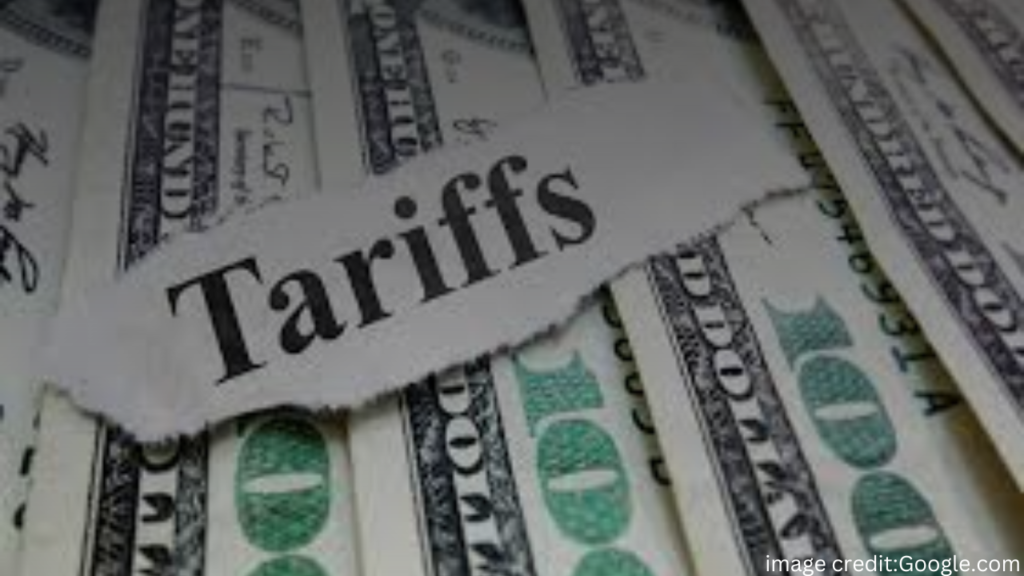What Are Tariffs, and Why Are They Important?
Tariffs play a vital role in international trade, influencing global relations and shaping national economies. They are taxes imposed by a country on goods and services imported from another nation, designed to regulate trade, protect industries, or generate revenue. In this guide, we’ll explore what tariffs are, how they work, and their significant role in global economics.
What Is a Tariff?
A “tariff” is a fee levied by governments on imported goods and services. Countries impose tariffs to influence trade relationships, protect domestic markets, or achieve political objectives. Historically, tariffs have been a contentious yet vital part of trade policy.
Key Points:
“Definition”: A tariff is a tax on imports.
“Purpose”: Revenue generation, industry protection, and political leverage.
Why Are Tariffs Important?
“Tariffs are a crucial mechanism for balancing domestic industries and international trade relations by protecting local markets, generating government revenue, and influencing foreign policies.”
protecting domestic industries from foreign competition.
Generating revenue for governments.
acting as political tools to influence foreign policy.
Types of Tariffs
Tariffs are categorized based on how they are applied:
- “Specific Tariffs”: A fixed fee based on the type of item (e.g., $500 tariff on cars).
- “Ad-Valorem Tariffs”: A percentage of the item’s value (e.g., 10% tariff on luxury goods).
Why Do Governments Impose Tariffs?
Governments use tariffs to achieve specific objectives, including:
- Raising Revenue
Tariffs help governments collect funds without directly taxing their citizens. For example, the U.S. government received over $70 billion in customs duties in 2019.
- Protecting Domestic Industries
Tariffs shield local manufacturers from foreign competitors. In 2018, the U.S. imposed a 25% tariff on steel imports, safeguarding domestic jobs and production.
- Protecting Consumers
By taxing harmful or substandard imports, tariffs encourage consumers to choose safer domestic alternatives.
- Protecting National Interests
Tariffs can exert economic pressure on rival nations. For instance, in response to Russia’s invasion of Ukraine, the U.S. raised tariffs on Russian imports to 35% in 2022.
Advantages and Disadvantages of Tariffs
Pros of Tariffs:
“Generate Revenue”: Help reduce national deficits.
“Promote Negotiations”: Encourage trade discussions.
“Support National Goals”: Boost domestic industries.
“Market Stability”: Create predictable pricing.
Cons of Tariffs:
“Create Tensions”: Strain international relations.
“Initiate Trade Wars”: Lead to retaliatory tariffs.
“Increase Consumer Prices”: Limit access to affordable goods.
“Hinder Innovation”: Reduce competition in domestic markets.
The History of Tariffs
Pre-Modern Europe
Tariffs were rooted in “Mercantilism,” a system focused on maximizing exports and minimizing imports. Colonies were restricted from trading with other nations, ensuring wealth flowed back to the colonizer.
Modern Trade Theories
Economists like “Adam Smith” and “David Ricardo” challenged mercantilism, advocating for free trade based on “comparative advantage.”. They argued that tariffs could hinder economic growth and global cooperation.
20th and 21st Centuries
After World War II, free trade agreements, like NAFTA and the WTO, aimed to reduce tariffs. However, the 2010s saw a resurgence of tariffs as nations, such as the U.S. and U.K., revisited protectionist policies.
Unintended Effects of Tariffs
While tariffs can benefit certain sectors, they also bring unintended consequences.
“Higher Prices”: Consumers bear the cost of tariffs through increased prices.
“Inefficiency”: Domestic industries may become complacent without competition.
“Regional Imbalances”: Benefits may favor urban manufacturers while rural consumers face higher costs.
“Trade Wars”: Retaliatory tariffs can disrupt global trade.
FAQs About Tariffs
“What Is a Simple Definition of a Tariff?”
A tariff is a tax charged on imports by a country.
“What Is an Example of a Tariff?”
The Boston Tea Party in 1773 protested British tea taxes—a classic example of tariffs influencing history.
“How Does a Tariff Work?”
By increasing the price of imported goods, tariffs make domestic alternatives more appealing to consumers.
The Bottom Line: Are Tariffs Good or Bad?
“Tariffs” are complex tools with both benefits and drawbacks. While they can protect industries, generate revenue, and support national goals, they may also lead to higher prices, trade wars, and reduced innovation. Governments must weigh these factors when implementing tariffs.
